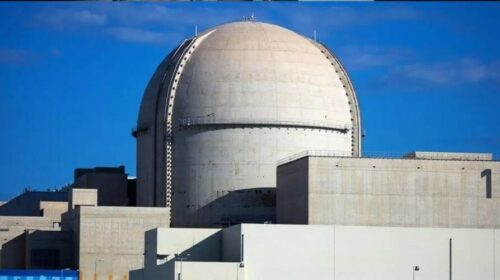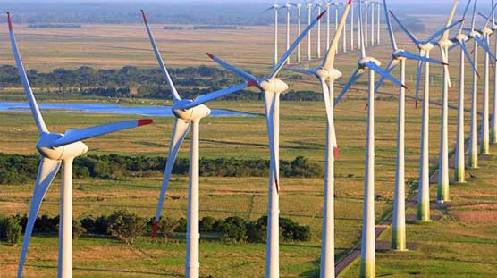Financial woes of country’s nuclear power plants, established by China, are not different from other power plants established under different power policies.
Well informed sources told Business Recorder that operation of the nuclear power plants and repayment of foreign/ local loans have become a challenge in the absence of requisite payment by the Central Power Purchasing Agency –Guaranteed (CPPA-G).
The sources said that Strategic Plans Division (SPD) has asked the concerned stakeholders to hold an inter-ministerial meeting on priority to discuss and address the evolving situation.
Pakistan Atomic Energy Commission (PAEC) and SPD are managing PNPP as per National Command Authority (NCA) approved Nuclear Power Vision 2050.
Nuclear Power Vision 2050, approved in July 2011 and concurred during subsequent meetings mandates, envisages generation of over 40,000 MW of electricity by 2050.
It also envisions PNPP to be in a financially self-sustaining and revenue generating mode sequel to operationalization of K-2/ K-3 project (Mar 2022).
To this end, by March 2022, six power plants (four at Chashma and two at Karachi) have begun contributing around 3500 MW of base load electricity to national grid. To meet future targets, preliminary work planning is under way for C-5 project (1100 MW), Chashma Engineering Complex (Fuel Fabrication Plant) and Indigenous Nuclear Power Plant (340 MW). These are to be funded by revenues from operating plants and Chinese loans.
Chinese power plants: CPPA-G seeks additional Rs100bn to clear dues
According to sources, over time, PNPP has been confronting growing financial challenges (mainly due to outstanding revenue payments). This has been highlighted to the Ministry from time to time as well as during briefings to former Advisor/ Minister of Finance, Ministers of Energy and Planning, Development & Special Initiatives during visits to SPD headquarters. However, substantial improvement in the situation has not taken place.
The sources maintained that given the current trend, prospective situation is likely to aggravate. Resultantly, PAEC will default on foreign loans repayment, especially K-2/ K-3 project for which PAEC is the borrower as there is no financial space for undertaking future development projects. In a nutshell, PNPP is confronted with a financially unsustainable path.
SPD maintains that worsening financial situation may impact operational/ maintenance of plants, adding that such a technically sensitive strategic programme should not be treated at par with IPPs or Gencos, especially given the fact that these are base load plants, operating between 85% to 90% capacity/ availability factor year round.
The government has to pay over one trillion rupees to IPPs and Gencos, some of which have served payment notices to CPPA-G, as per agreements.
The sources further stated that operation of nuclear power plants are closely monitored and reported upon by International Atomic Energy Agency (IAEA). So far, Pakistan is maintaining an excellent record, which must be sustained. At no cost, Pakistan can afford questions raised on our ability to safely operate nuclear power plants.
“Revenue payment should not be allowed to fall below 80% of the billed amount,” the sources quoted SPD as saying.





